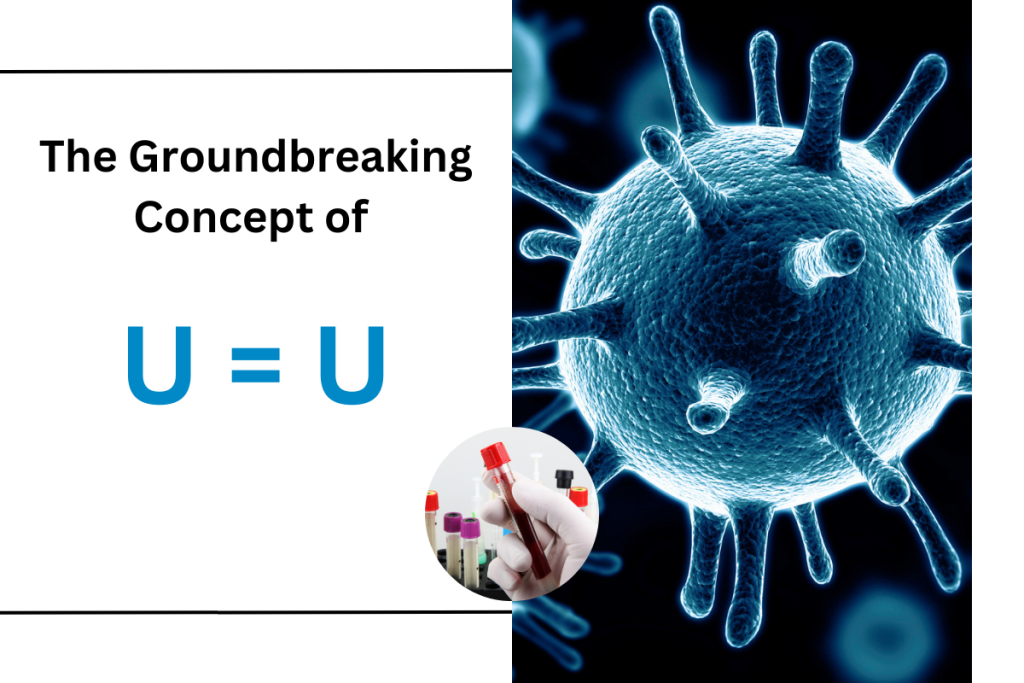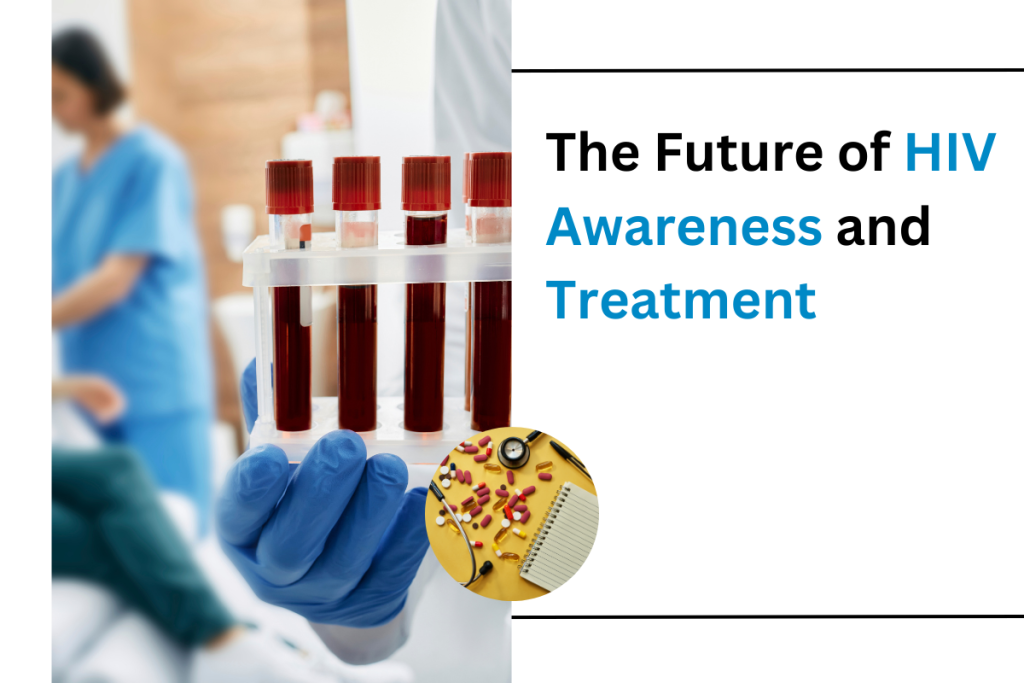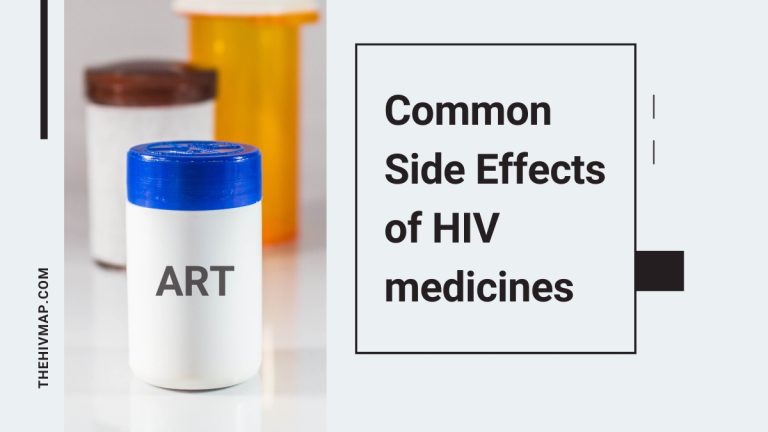In recent years, scientific breakthroughs have radically transformed how we approach and understand HIV (Human Immunodeficiency Virus). The concept of “undetectable” has become one of the most important and life-changing developments for people living with HIV. And society at largeit, is reshaping the landscape of HIV treatment, prevention, and stigma reduction in ways that everyone should understand. Why is it so crucial to raising awareness?
What Does It Mean to Be Undetectable?
In the context of HIV, being “undetectable” refers to a person living with the virus having such a low viral load (the amount of HIV in their blood) that standard laboratory tests can no longer detect it. This is achieved through consistent adherence to antiretroviral therapy (ART), a combination of medicines that effectively control the virus. It’s important to clarify, however, that being undetectable does not mean a person is cured. HIV remains in the body, but it’s kept in check so well that it can no longer cause damage to the immune system or be transmitted to others.
When a person is undetectable, the HIV virus is so suppressed that it cannot reproduce effectively. This not only prevents the virus from weakening the immune system but also renders the individual incapable of sexually transmitting the virus to others. Giving them the ability to lead normal, healthy lives without the fear of infecting their partners.
The Groundbreaking Concept of U = U (Undetectable = Untransmittable)

The phrase “U = U,” which stands for “Undetectable equals Untransmittable,” is perhaps the most revolutionary aspect of HIV treatment today. It signifies a profound shift in understanding: a person with HIV who has achieved an undetectable viral load through consistent ART. It cannot transmit the virus to their sexual partners. This fact is backed by extensive scientific research, including multiple large-scale studies that show zero cases of HIV transmission from people with an undetectable viral load to their HIV-negative partners.
For decades, fear of transmission has been one of the greatest sources of stigma surrounding HIV. The U = U message dismantles this fear and offers a sense of security to people living with HIV and their partners. By spreading this message, we not only protect public health but also promote compassion and acceptance for those affected by HIV. The science behind U = U has been endorsed by leading health organizations, including the World Health Organization (WHO) and the Centers for Disease Control and Prevention (CDC).
How Does One Achieve and Maintain an Undetectable Status?
Achieving an undetectable viral load requires adherence to a strict and consistent antiretroviral therapy (ART) regimen. ART doesn’t eliminate HIV from the body, but it reduces the viral load to such low levels that it becomes undetectable in blood tests. Most people who start ART can achieve undetectable status within six months, but it is essential to remain on the medication consistently. Even if the viral load drops to undetectable levels, interrupting treatment can allow the virus to multiply, potentially leading to a detectable viral load and the risk of transmission.
Healthcare providers monitor viral load through regular blood tests, typically every three to six months, to ensure the virus remains undetectable. For ART to be successful, it is critical for individuals to take their medications exactly as prescribed. Missing doses or discontinuing treatment can lead to drug resistance, higher viral loads, and a weakened immune system, making it harder to control the virus in the future.
For those with HIV, staying on ART and maintaining an undetectable status is not just a personal health goal, but a vital component in the global fight to end HIV transmission.
The Public Health Impact of Undetectable: U = U
Understanding and promoting U = U can have a profound effect on public health, particularly in the following areas:
- Ending the HIV Epidemic: U = U (Undetectable = Untransmittable) is crucial in ending the HIV epidemic. When individuals know their HIV status and receive proper treatment, they can reduce new infections. The CDC confirms that a person with an undetectable viral load cannot transmit HIV to sexual partners, helping to eradicate the virus. Widespread testing, treatment, and awareness of the benefits of undetectable status can significantly lower HIV cases.
- Prevention Beyond U = U: Alongside ART, other preventive measures like PrEP, a daily pill, can reduce HIV infection risk by over 90%. PrEP is essential for those in high-risk categories, such as partners of HIV-positive individuals who haven’t achieved undetectable status. Combined with U = U, these strategies effectively reduce HIV spread.
- Breaking Down HIV Stigma: Stigma remains a major challenge for people living with HIV, causing fear and isolation. The U = U message combats misconceptions, showing that individuals with undetectable HIV cannot transmit it. This helps create a more inclusive society and encourages people to seek treatment without fear of judgment.
- Promoting Health Equity: Access to HIV treatment is uneven globally. Many people face barriers such as high costs and social stigma. Ensuring equitable access to ART worldwide is essential for U = U’s broader impact, so that everyone with HIV, no matter where they live, can achieve undetectable status.
- Normalizing HIV as a Manageable Condition: HIV, once seen as life-threatening, is now manageable with modern treatments. Those with undetectable HIV can live long, healthy lives, similar to managing chronic conditions like diabetes. As society understands this, HIV-related stigma will diminish further.
U = U in Everyday Life: What It Means for Relationships and Communities
For individuals living with HIV. Undetectable status can have a transformative effect on their relationships, families, and social interactions. Knowing that they cannot transmit the virus to their partners provides emotional and psychological relief. It allows couples to focus on building healthy, intimate relationships without the constant worry of transmission.
In addition to improving personal relationships, U = U has far-reaching effects on communities. By reducing the fear and stigma surrounding HIV. It encourages more people to get tested, access treatment, and engage in conversations about HIV prevention. It fosters an environment where individuals living with HIV can openly share their experiences without facing discrimination.
The Future of HIV Awareness and Treatment

While U = U is a powerful message. Spreading awareness and ensuring that everyone, especially those in high-risk communities, understands the benefits of achieving undetectable status. Public health campaigns, education initiatives, and healthcare policies must continue to prioritize access to ART and testing for all populations.
Research is also ongoing into new HIV treatments and potential cures. Scientists are exploring ways to make ART more accessible and less burdensome. Including the development of long-acting injectable treatments that could replace daily pills.
Key Takeaways
- Undetectable refers to an HIV-positive person whose viral load is so low that it cannot be detected.
- U = U (Undetectable = Untransmittable) means that individuals with an undetectable viral load cannot transmit HIV to sexual partners.
- Achieving and maintaining undetectable status requires consistent use of antiretroviral therapy (ART) and regular medical monitoring.
- U = U plays a critical role in reducing HIV transmission, ending the HIV epidemic, and combating stigma.
- Understanding and promoting U = U can help normalize HIV as a manageable condition and foster more compassionate communities.
Why Everyone Should Know About Undetectable
HIV has impacted millions of lives around the world.the undetectable status represents one of the most important advancements in the fight against this virus. U = U is not just a medical breakthrough: it is a social and emotional game-changer for people living with HIV, their loved ones, and society as a whole.










